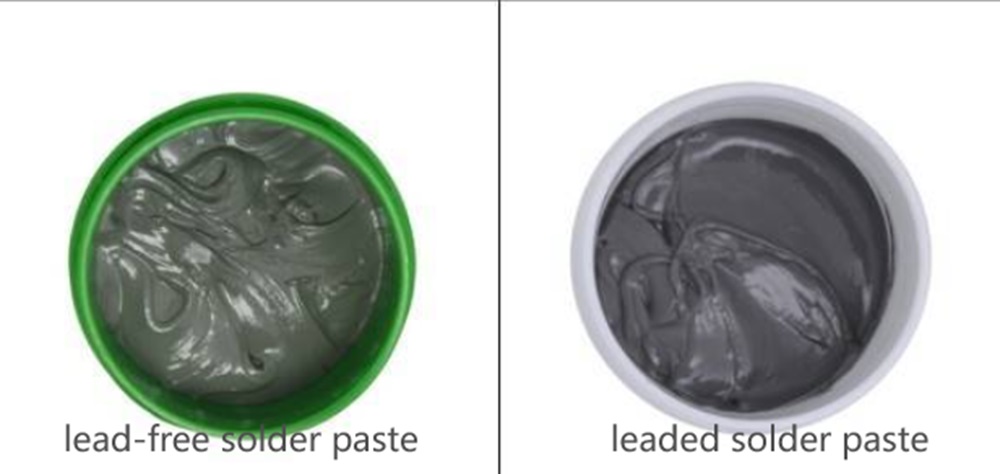All electronic devices have to use PCBA circuit boards, and now more and more electronic products are moving towards the direction of intelligent development, which is also a new challenge for SMT patch processing. The choice of solder paste directly affects the welding quality. Defects produced by the solder paste accounted for 60% -70% of the defects in the SMT, so in-depth understanding of the solder paste, standardize the reasonable use of solder paste is particularly important.
The composition of solder paste
Solder paste is mainly composed of solder powder, flux, carrier and other additives.
Solder paste = tin powder (METAL) + flux (FLUX): tin powder is usually atomized by nitrogen or turn plate method of manufacturing, followed by screen screening. Flux is a binder (resin), solvents, active agents, thixotropic agents and other additives, which plays a vital role in the entire process of solder paste from silk printing to soldering.
In general, 10% flux paste and 90% tin powder (tin alloy powder 90%) by weight; 50% flux paste and 50% tin powder by volume.
Important characteristics of solder paste
1. Proper melting point: The melting point of solder paste varies greatly according to its alloy composition. The melting point of solder paste should be selected according to the working conditions of different products.
2. low welding resistance: solder paste welding should form a low resistance of the solder joint, to ensure that the current passes through smoothly.
3. excellent stability: solder paste in the storage and use of the process should remain stable, not easy to appear layering, precipitation and other phenomena. 4. good printing thickness: solder paste should be used to ensure the smooth passage of current.
4. good printing thickness: the thickness of the solder paste after printing is an important parameter of the leakage board printing, usually between 0.12mm-20mm. Solder paste is too thick will cause the solder paste “collapse”, promote the generation of solder beads.
5. Environmentally friendly: the environmental protection here refers to the rosh standard, which is often referred to as the choice of leaded and lead-free, and even the choice of halogen-free solder paste.

lead-free solder paste and leaded solder paste
How to choose the right solder paste?
1. Selection of solder paste according to the cleaning process requirements
Whether to choose the water washing solder paste, according to the PCBA process after reflow soldering process and the cleanliness of the PCB board to decide. rosin residues on the PCB panel may be in the process of product use due to the heat of large components melting deformation deterioration moisture absorption caused by short-circuiting, reducing product reliability and service life, this scenario requires the use of additional detergent such as washing water washboard washboard, cleaning is more difficult to clean, increasing the cost of materials and labor costs. Material costs and labor costs.
2. Understand the environmental performance of solder paste
Choose lead-free or leaded solder paste according to customer requirements and market demand to decide, with the enhancement of people's awareness of environmental protection, the market now generally accepted lead-free products, but does not mean that there is no market for leaded solder paste, a lot of electronic businesses in order to save costs or its similar military, aerospace, power control and other requirements of ultra-high reliability of the application of scenarios or leaded solder paste will be used.
3. Selection of solder paste viscosity according to process requirements
In the SMT placement process, different printing processes have different requirements for the viscosity of the solder paste. For example, the use of stencil printing, you need to choose the lower viscosity of the solder paste, in order to obtain clear printing graphics. While the use of pin printing, you can choose a slightly higher viscosity solder paste to improve printing accuracy. Therefore, when selecting solder paste, the requirements of the production process should be fully considered.
In short, the choice of suitable solder paste in the SMT patch is a comprehensive work, need to consider the cleaning process requirements, process requirements, environmental performance and other factors. Only to do scientific selection, rational use, in order to ensure the welding quality and product reliability, to create more value for the enterprise.